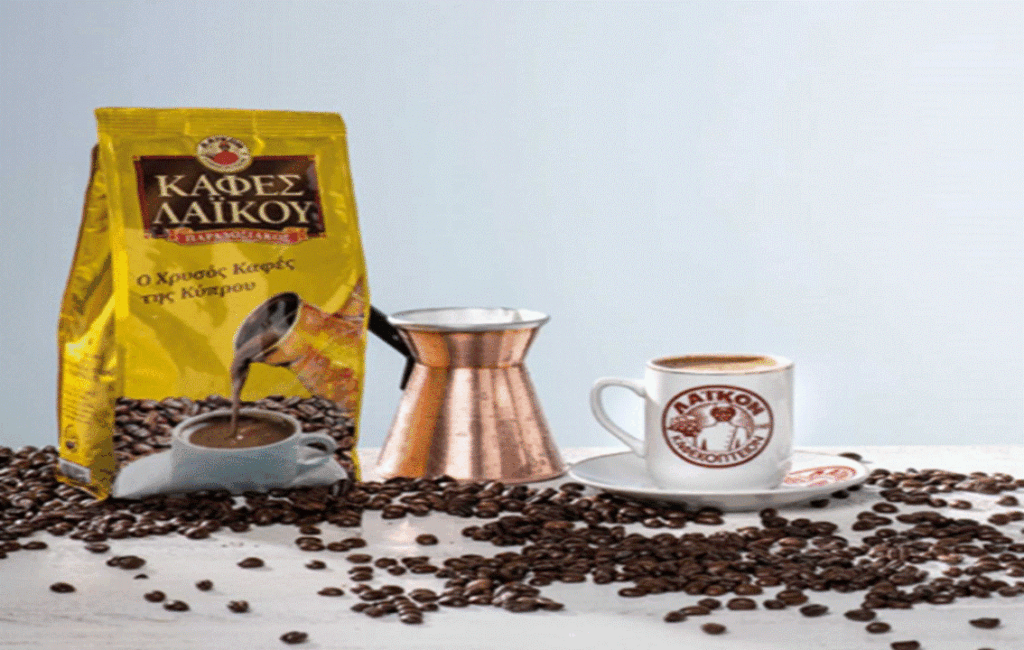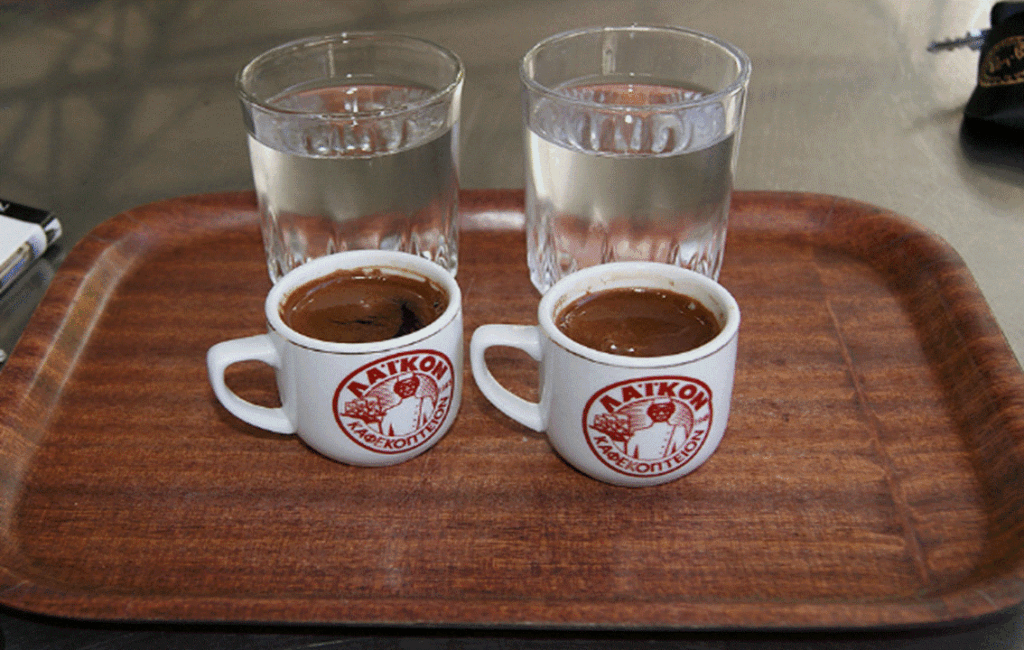


A SIP OF CYPRIOT TRADITION
Each cup of Cyprus coffee is truly more than just a hot beverage. Many suggest that this unassuming drink symbolises a connection throughout Cypriot culture that has been passed down through generations. The process of not only making but sharing a cup of Cypriot coffee embodies hospitality, friendship, and community across the island. Each sip carries a sense of warmth and cultural identity, rooted in a rich tradition that has spanned centuries. Cyprus coffee is typically prepared using finely ground coffee beans, water, and, if desired, sugar. Served in small espresso-style cups, it is often accompanied by lively conversation or moments of pause and reflection.
CYPRUS'S COFFEE CULTURE ENGRAINED INTO CYPRIOT CULTURE
AN OTTOMAN IMPORT
It can be said that the Cypriot coffee culture has been ingrained in Cypriot society for over 500 years. The hot beverage was introduced to the island during the Ottoman era of rule, which began in 1571. Most Cypriots, however, initially shunned the new-style coffee houses that began to operate all over the island. Coffee drinking was mainly reserved for the Ottomans and remained unpopular with the greater populace on the island until several years later. With further integration, Ottoman rule subsequently became the norm, helping to usher in a new coffee tradition. Coffee drinking began to flourish thereafter, and after it was embraced, it became an integral part of Cypriot life. The concept of the traditional coffee shop became known as the ‘KAFENIEON’, and it still plays a significant role in Cypriot social life today.
THE DEVELOPMENT OF CYPRUS COFFEE
Cyprus coffee has gone through quite a change from the original Ottoman import that existed centuries ago. Today, the Cyprus version of this type of coffee is considered a unique Cypriot product. The modern refinement of the actual beans used creates a unique aroma and taste that makes all the difference. Cyprus coffee uses a blend of finely ground Arabica and Robusta beans that originate from Brazil, Ethiopia and India. Along with its unique pungent aroma, the coffee also has a strong tobacco, chocolate earthy flavour. Turkish coffee, on the other hand, which remains as the closest version to the original Ottoman import, mainly uses Arabica beans from Yemen, which offers a different ambience altogether.
A SLOW BOIL OF A LOW FLAME
The main difference between Cyprus coffee and other regular European versions of the drink is the way it is prepared. No brewing takes place when making a Cyprus coffee. It is freshly prepared on the spot by bringing a small coffee pot, known as an ‘Mbriki’ to a slow boil over a low flame or a bed of hot sand. This means that more nutrients, antioxidants, and health-boosting compounds remain after its preparation. The coffee is then taken off the boil as soon as it starts to rise. This method allows for a frothy top called ‘Kaimaki’ to form. This signifies that the coffee is ready, resulting in a very strong, thick and frothy coffee. Each coffee is usually served in a small traditional coffee cup that resembles Italian espresso cups. It is customary for a glass of cold water to always accompany each coffee.
ENGRAINED IN CYPRIOT CULTURE
Drinking Cyprus coffee is a popular tradition that stands as a symbol of both hospitality and friendship throughout the island. This is firmly illustrated by not only the ‘KAFENIEON’ but also the modern Coffee shops. These regularly serve as popular gathering places for locals on the island to socialise and enjoy a cup of coffee or two.
THE TELLING OF FORTUNES
The Ottomans, along with their coffee, also brought tasseography to the island. This form of fortune-telling comes hand in hand with drinking this type of coffee that still exists today. Cup readers use the thick coffee residue, left at the bottom of each coffee cup, to predict future events based on their interpretation of the varying shapes. The thick coffee residue in the cup hardens as it cools once the cup is placed upside down onto a saucer. After a few minutes, the cup reader turns the cup back over and then interprets the patterns that are created, telling the drinker what lies ahead for them!
ORDERING A COFFEE
All coffee shops on the island serve Cypriot coffee. These include the traditional coffee shops, also known as the ‘KAFENIEON’, along with all of the speciality coffee shops and modern coffee chains.
A typical Cyprus coffee is available in mainly three different variations.
- Skettos: translates to plain with no sugar
- Medrios: translates to medium sweet
- Glygos: translates to sweet.
HOW TO PREPARE A CYPRUS COFFEE WITH THE PERFECT 'KAIMAKI'
Fill the cup to the top with water and then pour into an mbriki
Add a heaped teaspoon of coffee to the water and then add sugar as required.
Using a low flame, begin to boil the mbriki, stirring the coffee continuously.
Carry on slowly heating and stirring the coffee until a light-coloured swirl, known as the kaimaki, forms on the top.
Stop stirring and allow the coffee to rise from the heat.
Remove the coffee from the heat and try not to disturb the kaimaki.
Pour the coffee into the coffee cup slowly, allowing the kaimaki to gently form on top.
Serve with a glass of cooled water.
THE STORY OF THE WATER
A glass of ice-cold water always accompanies every cup of coffee. Most Cypriots pour a little of the water into their coffee before drinking it. Although this cycle has become the norm amongst coffee drinker across the island, most coffee drinkers do not know the real reason behind this formality. If asked, most will say that water is poured into the coffee to cool it down before drinking, whilst others will say that the water balances the strong coffee taste. The origins of this custom, however, lie elsewhere and in some ways are quite sinister.
During the reign of the Ottomans, poison was often used to dispose of adversaries, and coffee became the preferred way of administering it. The poison that was used was both tasteless and odourless, and once administered, it was slow and deadly. It was later discovered that water was the only way of detecting this poison in coffee. This meant that coffee drinkers began to pour a little water into every cup before drinking it. If the coffee was tainted, then it would turn green. This legacy remains forgotten today, and most Cypriots today still pour a little water into their coffee before drinking without really knowing why!




